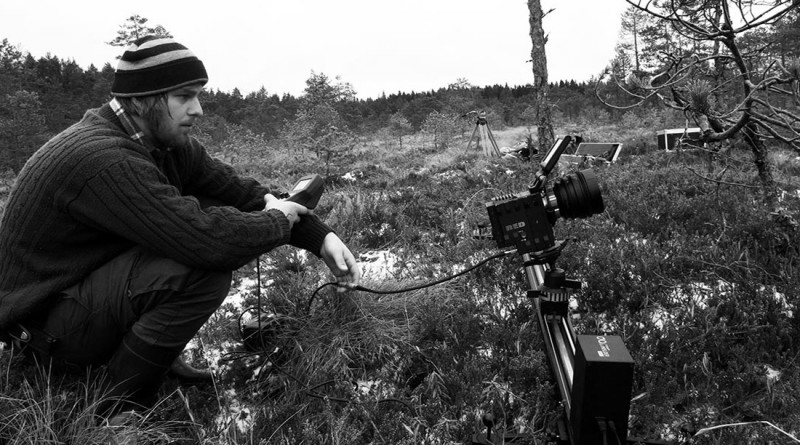Ditogear adventure – BTS Review
I got this slider in the end of November and have been busy at various different jobs, that’s why this article is a bit late. I’ve more or less actively been using this slider since I got it both in studio environment and in the forest. Even in -8°C on a snowy bog. First impression:
The kit arrived from Poland to Finland with FedEx in about 5 working days. All the accessories and units were packed in two big boxes with a total weight of 48 kg.
When unpacked, the whole unit with all the accessories fits very easily in the two hard cases provided in the plus version.
Build quality feels exceptionally good, sturdy, metallic and heavy equipment for high end professional work.
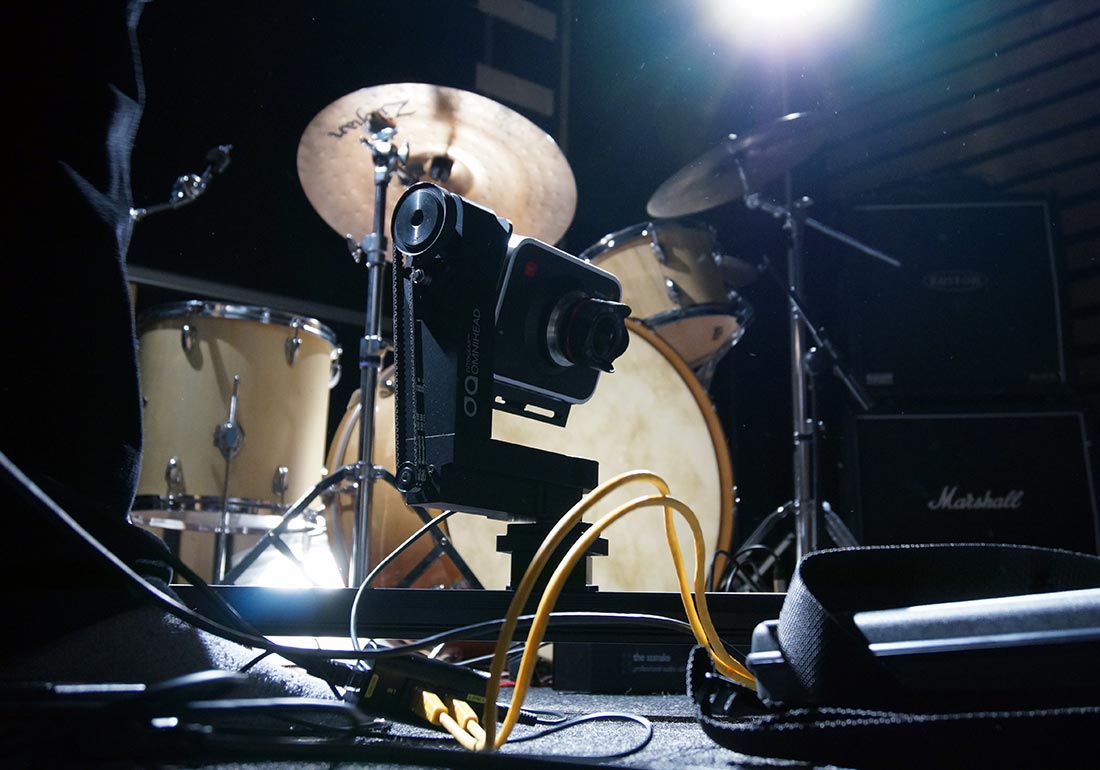
I usually don’t read manuals. If I can’t figure it out without a manual then it’s too complicated to be comfortable. The first axis (sliding axis) was very easy. Just connect the power supply and the controller to the engine and you are ready to go. The menu was easy to understand if you have any kind of experience with time lapse and dolly functions.

The omnihead was a little bit harder to connect. It’s not that it was more complicated in anyway, just that the logic wasn’t really the same as the slider. The slider uses on connection port for to operate one axis. The head has two axis’s (pan and tilt) but only one connection port. For to be able to use both axis’s simultaneously you have to connect a multi axis controller through a split box (which is of course provided in the set).

The Trito controller is for real time shooting. Time lapse is not possible with this controller. The Trito controller is provided in the plus version and is a great tool for real time shooting. I would say it’s an must have if you are doing anything else than time lapse.
With the Trito controller you can move three axis’s simultaneously. One joystick and both speed and damping controls for all three axises.
One connection port for every axis. One port for the slider and two ports for the head. But the head has only one port, which led to a short confusion until I found the split box. The slider powers itself when connected to a power supply but the head needs power from the split box. So you have to connect the split box to the power supply as well. once everything is connected it works like a charm.
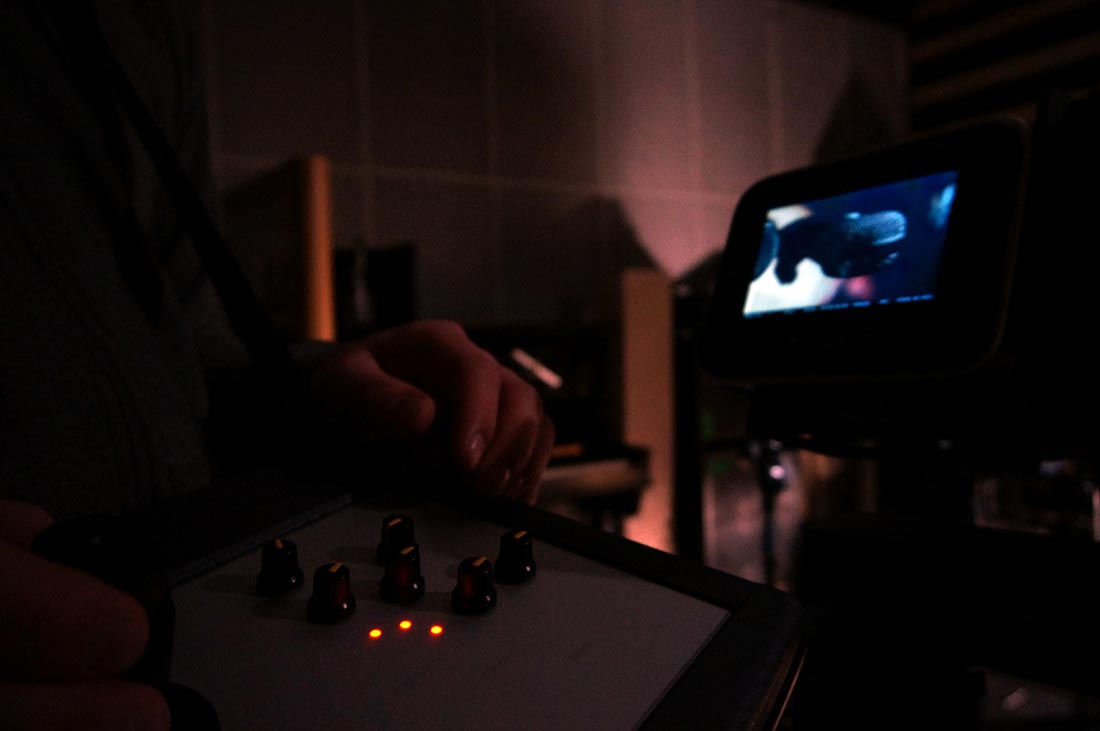
Now someone might ask that how do I then do multi axis time lapse’s if it’s not possible with the Trito controller. There seems to be two ways to do it.
1. Ditogear has developed a software for tablet computers called evolution which will function as your multi axis timelapse controller. Here you can control up to six different axis’s simultaneously through wireless wifi. At the moment I’ve not been able to thoroughly try out this function. Mostly because I would like to shoot some outdoor time lapse but as you may now late autumns – early winters in Finland are as they are. About 2-3 hours of light a day and almost always either snowing or raining.
I will do this test shortly and update here when I’ve tried it out properly.
The things I’m interested to test is if I’m out at some remote location doing my time lapse and the battery runs out on the tablet computer. Will the whole unit stop working or will it somehow remember the settings before the battery runs out.
The other thing I’m interested about is that since it’s a wireless control and if i remember correctly the Wifi signal has a range of only about 10-15 meters. What happens of the signal break while the slider is still operating? But yeah I’ll test it when I have more time and better weather
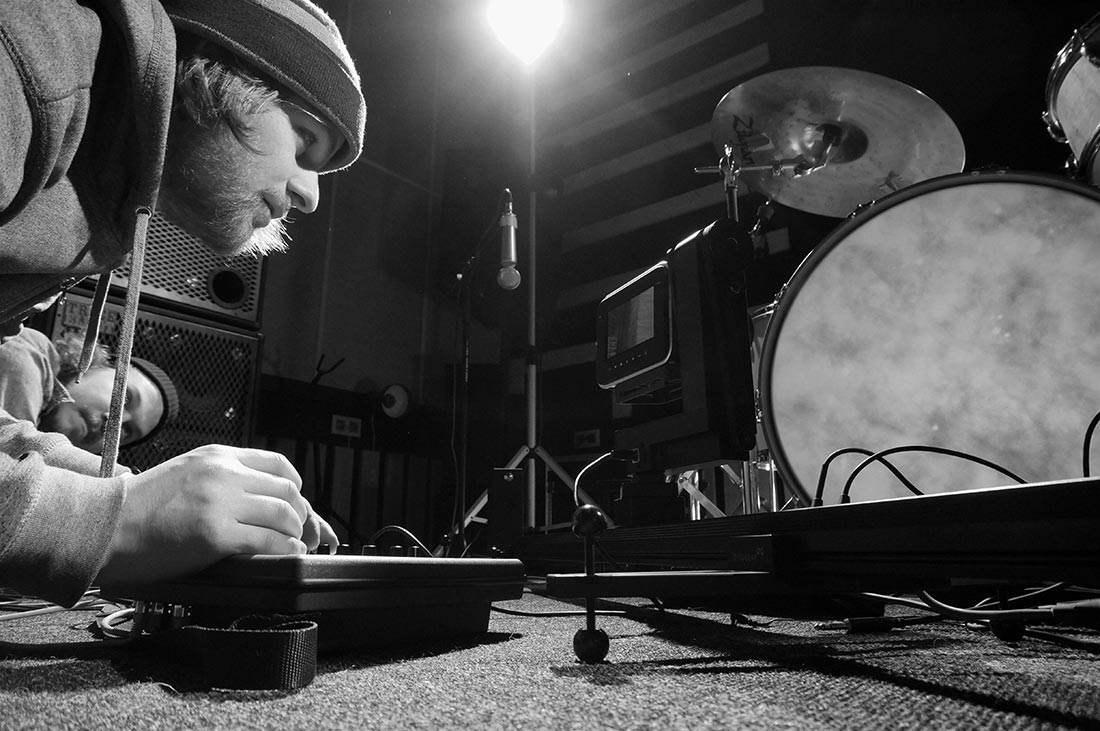
2. This is something I’ve not been able to try out since I only have one controller with time lapse settings but it sounds very logical that buy buying two extra of these “basic” controllers and connecting them through the split box to the omnihead you can then control every axis with a different control unit. I don’t think I can try this out without buying these controllers, so if anyone knows if this is possible, please write it in the comments section, and I’ll update this info.

First tests and tryouts.
I’m mostly going to use this slider for multi axis real time shooting. That’s why I know most about that function at the moment. Already on the first try with the Trito controller I got the feeling that this is a very good piece of equipment. with just about 15 min of practicing I was able to make my first “perfect” multi axis slide. Super smooth, exactly the speed i wanted it to have with both a good damped start and stop. This would be nearly impossible to do by hand and the chance to mess up a shot is a lot bigger.
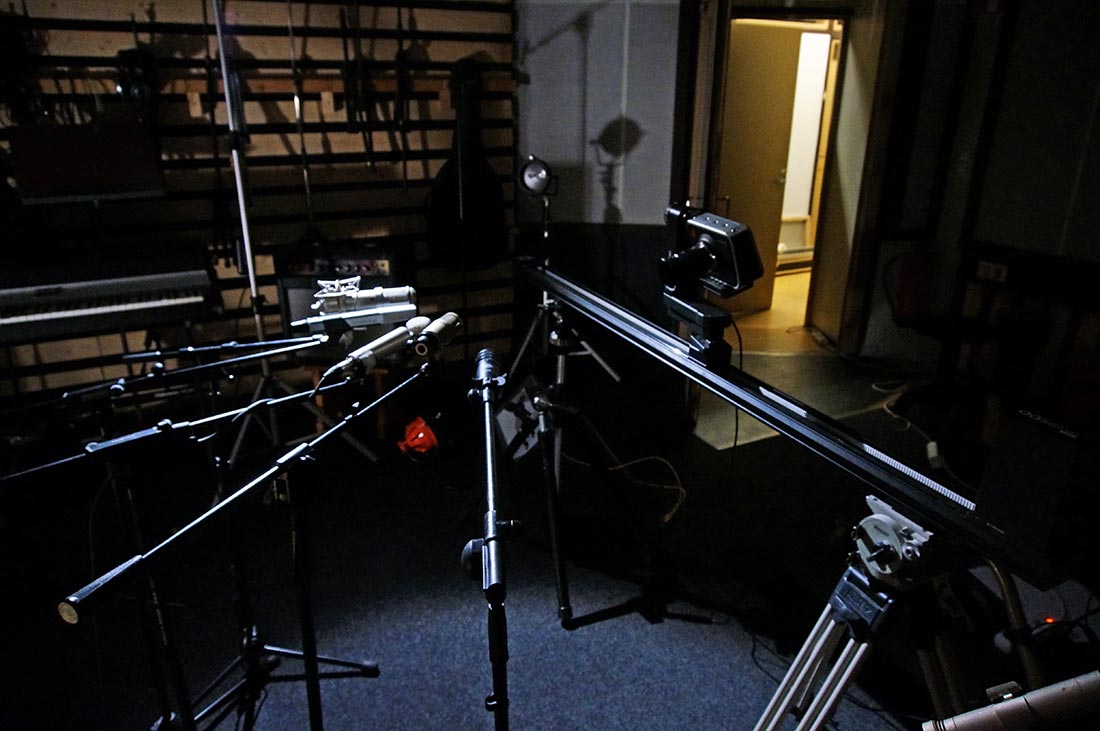
From when the whole slider is in its hard cases in a car to that it’s properly built up and connected outside the car, takes about 5 min with a little practice.
So far I have only done realtime footage both inside and outside and there has actually not been anything worth complaining about. I’ve been very happy with my purchase and even got some paid slider specific gigs as well.
I will continue working with it and update some more when I have thoroughly tested more functions.
Please write me a comment below if you have any questions or information this article is lacking.
For more information, check out the Ditogear website

